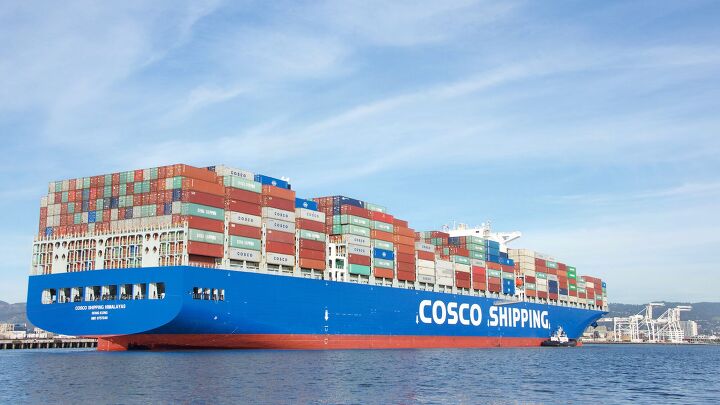
China had long been a sort of a sleeping giant in the world economy, though it hasn’t been so sleepy over the last few decades. The country’s tech, automotive, and manufacturing industries have become juggernauts in their respective sectors, and the Chinese auto industry has solidified itself as a global force. Automakers there are exporting so many electric vehicles that China has found its shipping fleet – already the eighth largest in the world – is inadequate to handle the volume.
China is expanding its shipping capabilities to the point that it will become the fourth-largest fleet in the world, and it’s opening new trade routes to accommodate all the action. Companies like BYD, SAIC Motor, Chery, and others have ordered dozens of new ships as the country’s auto industry has overtaken Japan’s as the world’s largest exporter.
Though it’s growing rapidly, the Chinese automotive sector has been criticized by Europe, America, and others for the government’s heavy subsidies that make it unfairly competitive against higher-priced Western models. The U.S. government has made it nearly impossible for Chinese companies to sell vehicles here, though that could always change, and BYD has said that it has no plans to do business here.
Even so, American companies like Tesla face an uphill battle competing with Chinese automakers as it goes back and forth with BYD for world sales records. Pricing remains a challenge for electric vehicles in America for now, though, as no automaker has been able to crack the affordability nut. That, along with the highly polarized political environment here, has slowed EV adoption, so it could only be a matter of time before demand for cheaper Chinese models intensifies.
[Image: Sheila Fitzgerald via Shutterstock]
Become a TTAC insider. Get the latest news, features, TTAC takes, and everything else that gets to the truth about cars first by subscribing to our newsletter.

